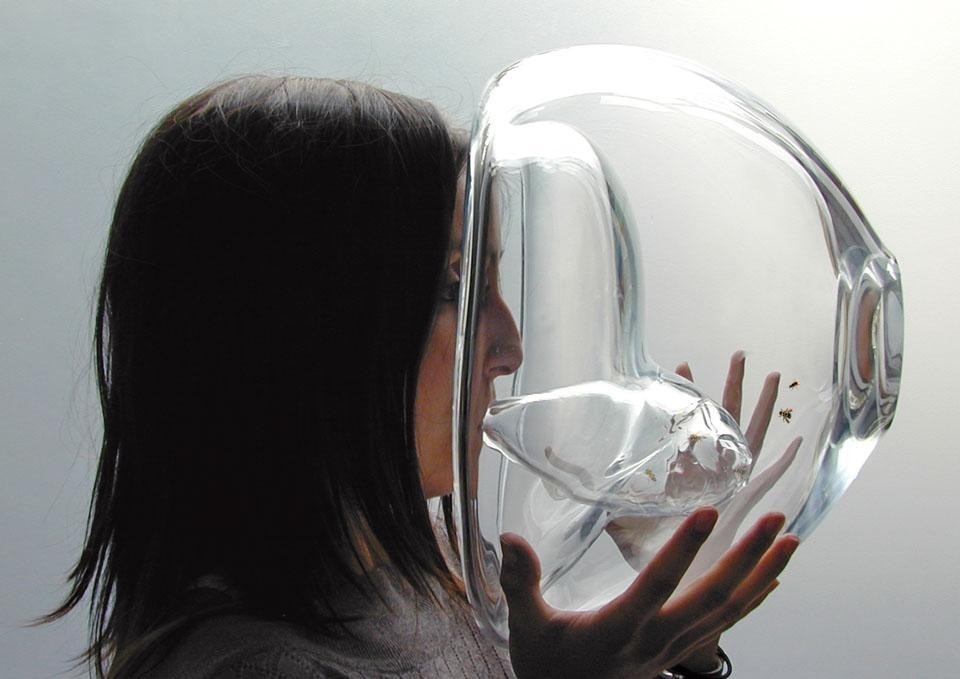
Above: Susana Soares, BEE’S, 2007–2009. By using Pavlovian reflex conditioning, bees can be easily trained to recognise a wide range of biomarkers and hence to diagnose a whole spectrum of diseases.
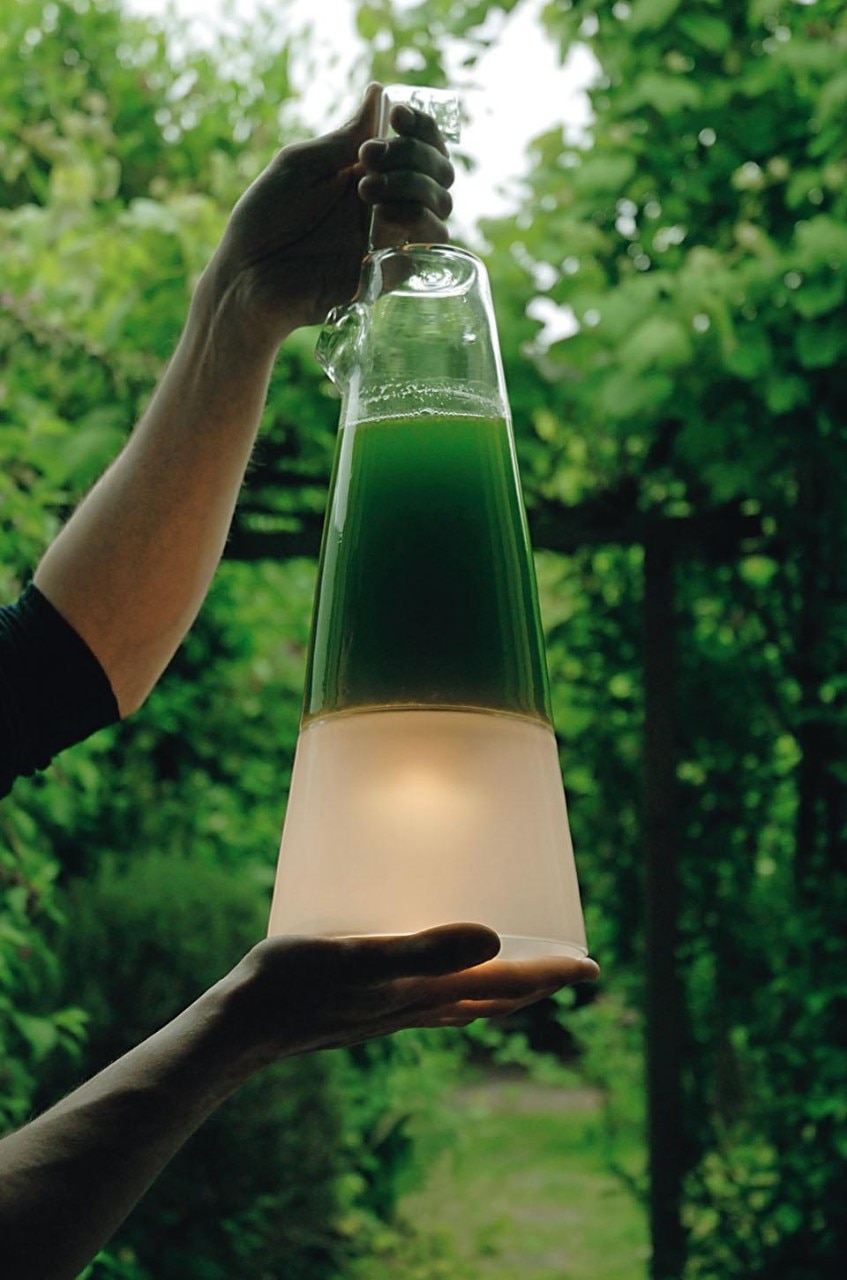
The implications of bio-design aim straight at the heart of the moral sphere
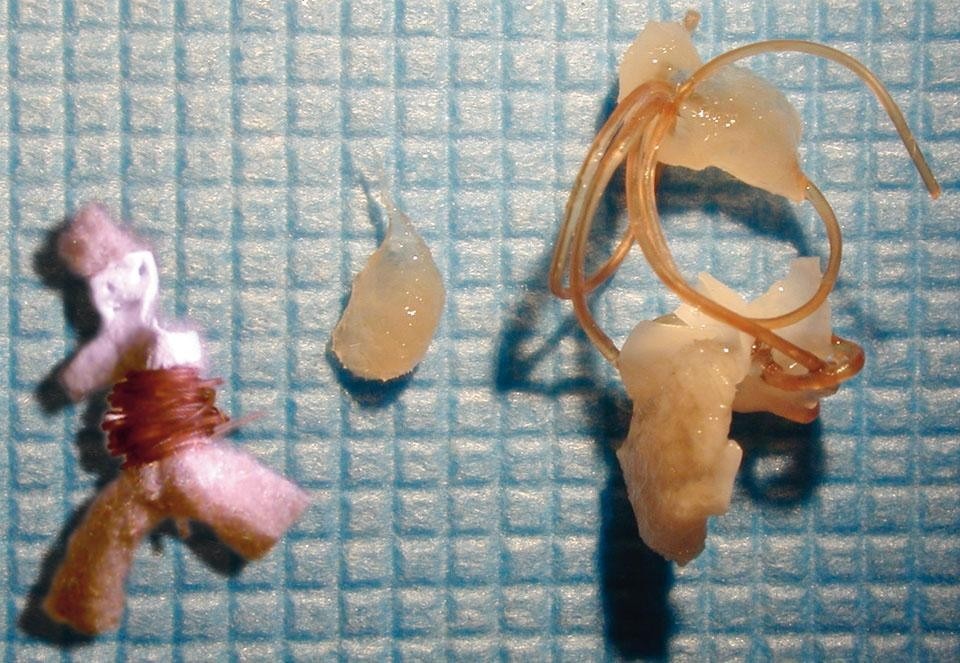
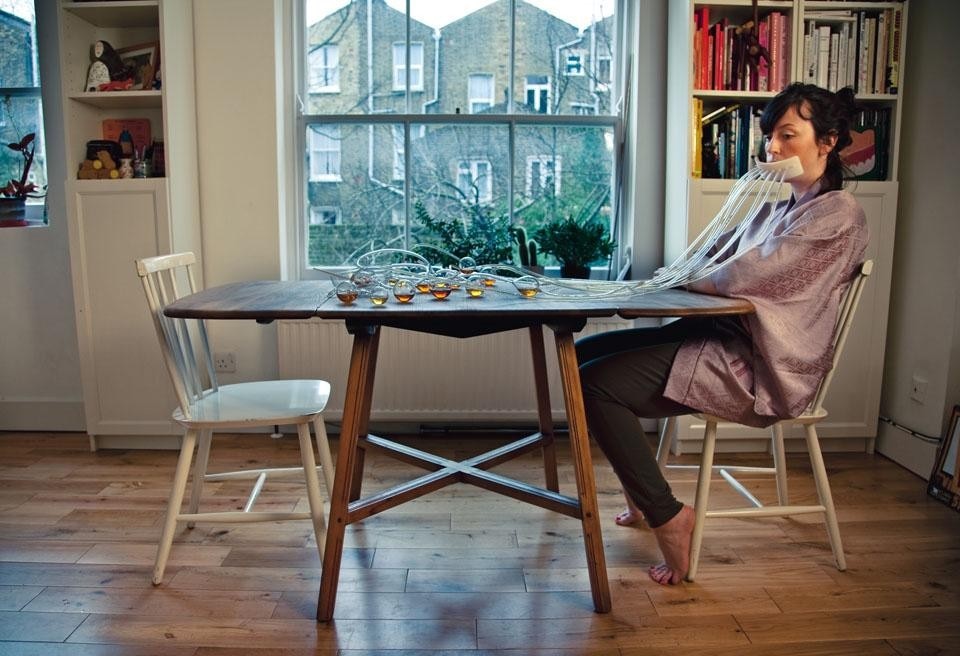
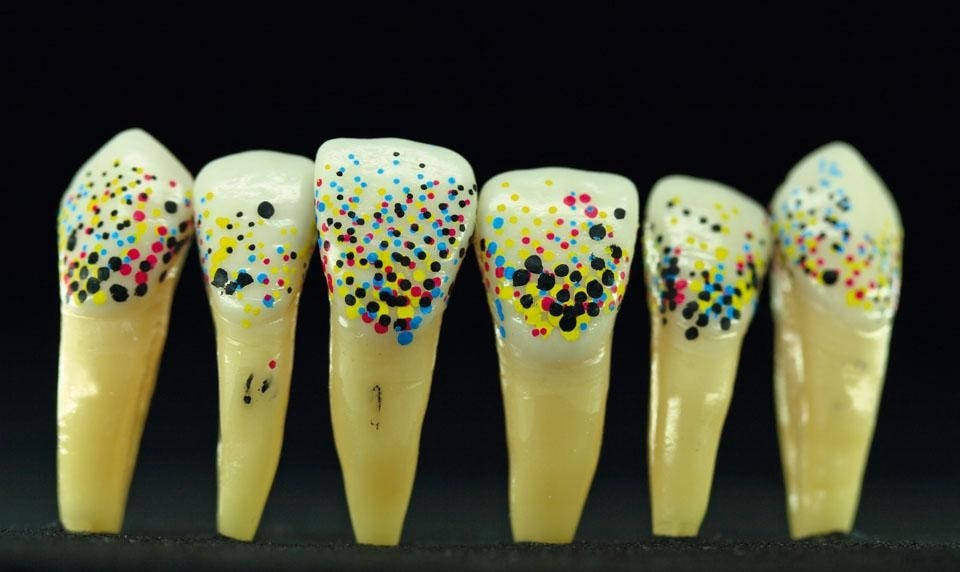
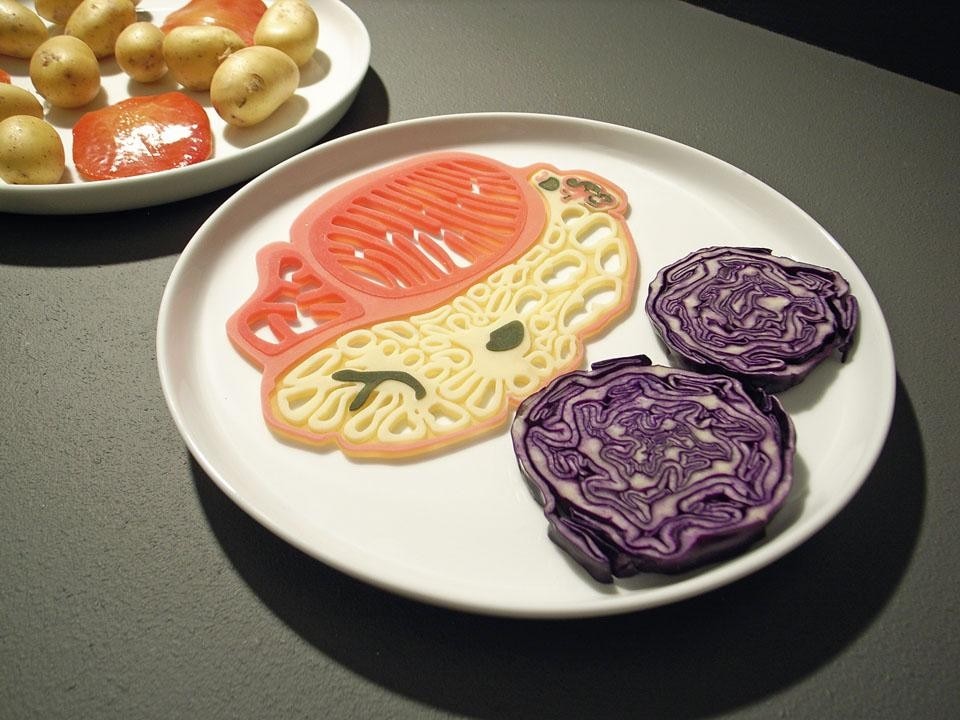
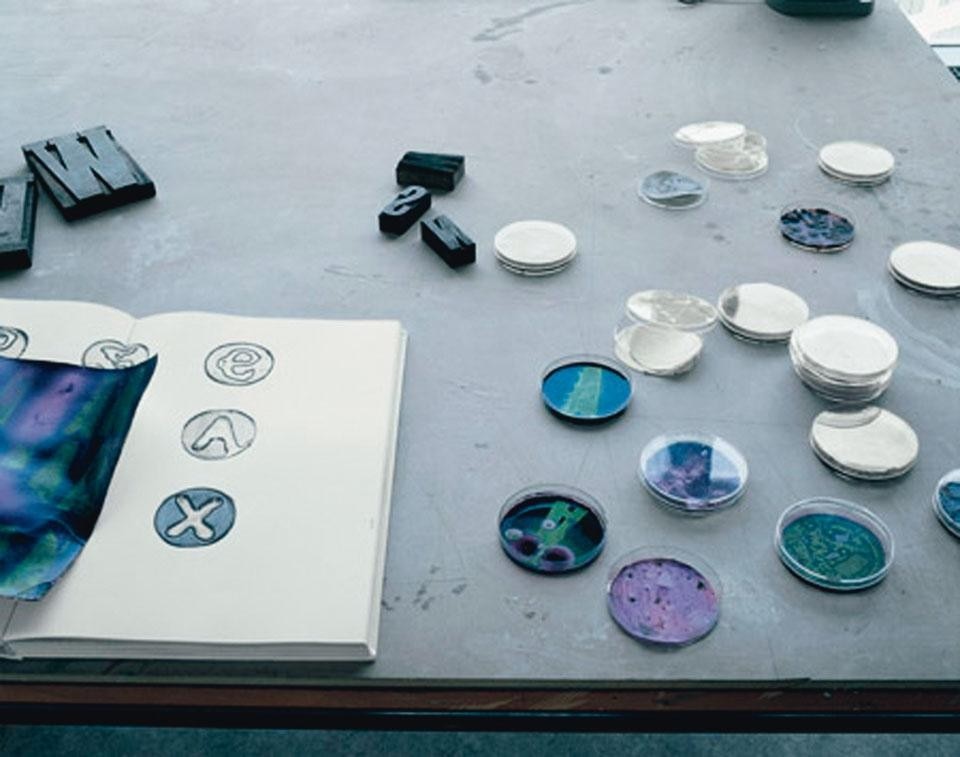
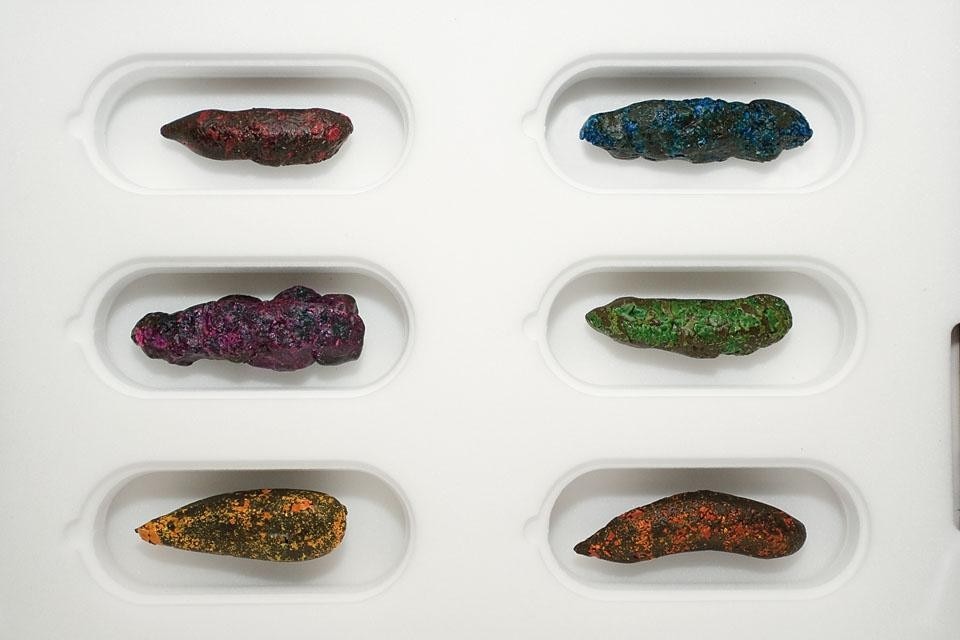
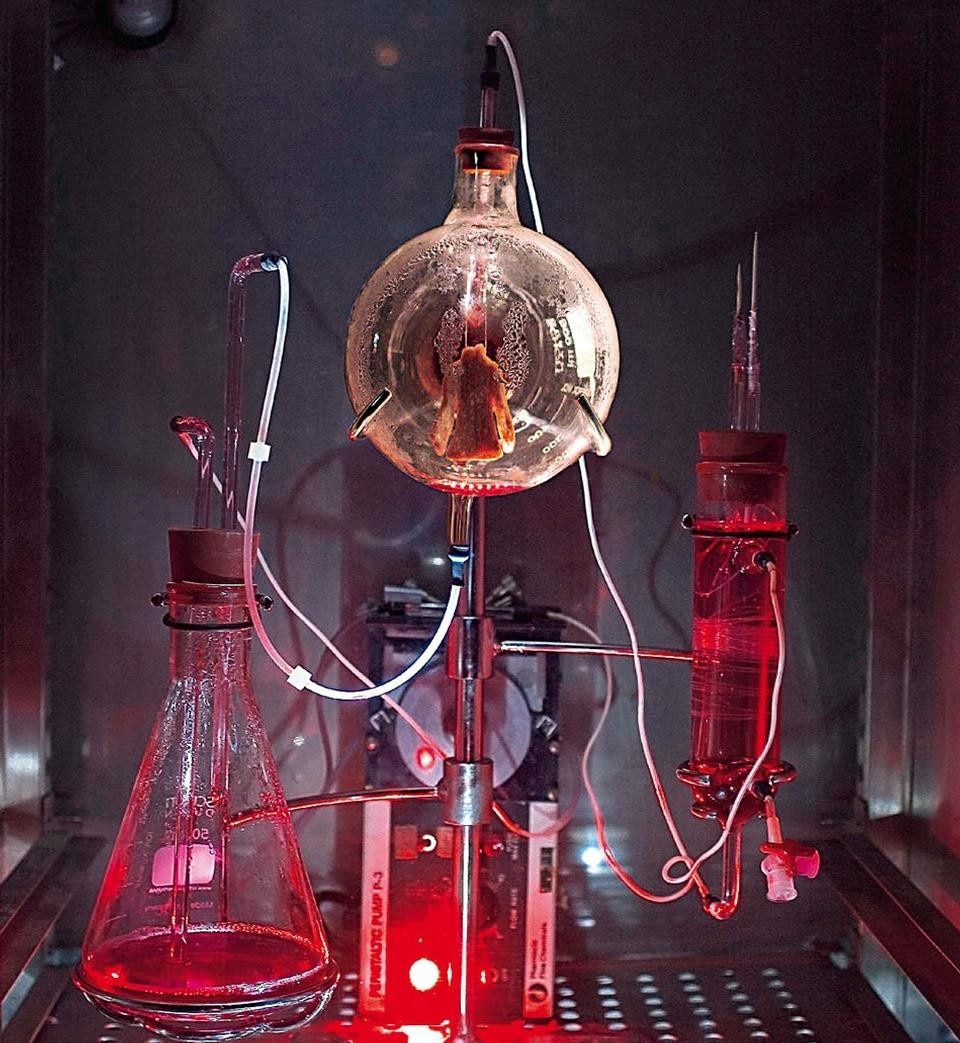
—Paola Antonelli
Critic and curator, MoMA


